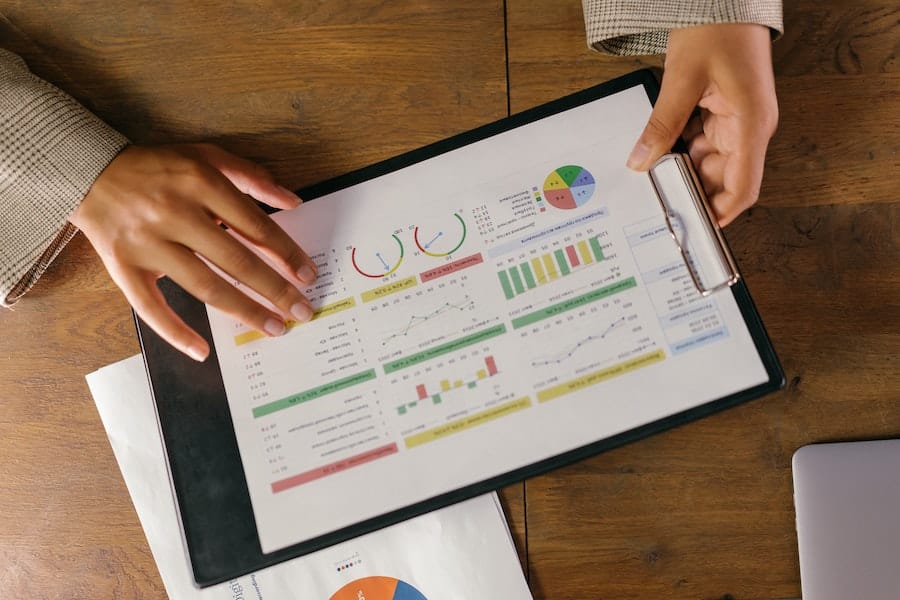
Every data enthusiast acknowledges the importance of visual tools in processing information. Bubble charts, a type of data visualization technique, play a significant role in data analysis. In this article, we intend to guide you in exploring the world of bubble charts, understanding their mechanics, and recognizing the best times to use them. We will also delve into the impact of bubble charts, and when to use a bubble chart in the field of visual data analysis.
The Mechanics of a Bubble Chart
A bubble chart is essentially an extension of the scatter plot, a type of data visualization tool. Similar to a scatter plot, it features data points plotted on two axes. However, it adds a third dimension, where the size of the bubbles depicts an additional quantitative variable.
This third variable empowers data analysts to convey comprehensive information within a single chart. The bubble chart maintains simplicity and clarity, despite embodying multi-dimensional data. Its intuitive design facilitates data analysis and decision-making.
Diverse sectors use bubble charts for data analysis. They have gained significant recognition in economics, business, health sectors, and environmental studies. Their ability to encapsulate three variables in one visual makes them a powerful tool.
Despite this, it is important to understand that a bubble chart may not be suitable for every data set. They work best with particular data patterns.
Breaking Down the Sections of a Bubble Chart
The basic structure of a bubble chart consists of two axes—horizontal and vertical—representing two different variables. The plotted data points or ‘bubbles’ represent the third variable. Each bubble’s position corresponds to the values of the two variables on the axes, while its size represents the third variable.
The origin of the axes represents the minimum values, with increments as you move further from the origin. The size of each bubble scales proportionate to the value of the third variable it signifies. Hence, a larger bubble indicates a higher value for that variable.
This design allows for quick relative comparisons between the variables. It also provides an instinctive understanding of the relationships between the variables.
However, care should be taken when interpreting the size of the bubbles. A bubble twice as large in diameter doesn’t represent a value twice as large but rather reflects an area four times greater.
The Impact of Bubble Charts in Visual Data Analysis
Bubble charts have significantly influenced the world of visual data analysis. As a versatile tool for representing multi-dimensional data, they offer a simplistic and comprehensive approach to complex data analysis tasks. This contributes immensely to quick decision-making and strategic planning in various sectors.
Business and economics have been hugely influenced by bubble charts. These are market trends, resource allocation, and consumer behavior. These critical parameters can be visualized effectively using bubble charts. This visualization aids in developing insights and making informed decisions.
Healthcare, environmental studies, and social statistics also employ bubble charts to draw patterns and trends. It assists in tracking changes over time, understanding correlations, and generating actionable insights.
Regardless of this, it is paramount to remember that while bubble charts are a powerful tool, they are not universally applicable. They have special applications that can make data analysis more visually appealing, but not all cases.
Overall, bubble charts have proven to be a highly versatile tool in the data visualization space, capable of offering a simplistic approach to complex multi-dimensional data analysis. Understanding the construction, interpretation, and application of bubble charts is key to unlocking their vast potential.








